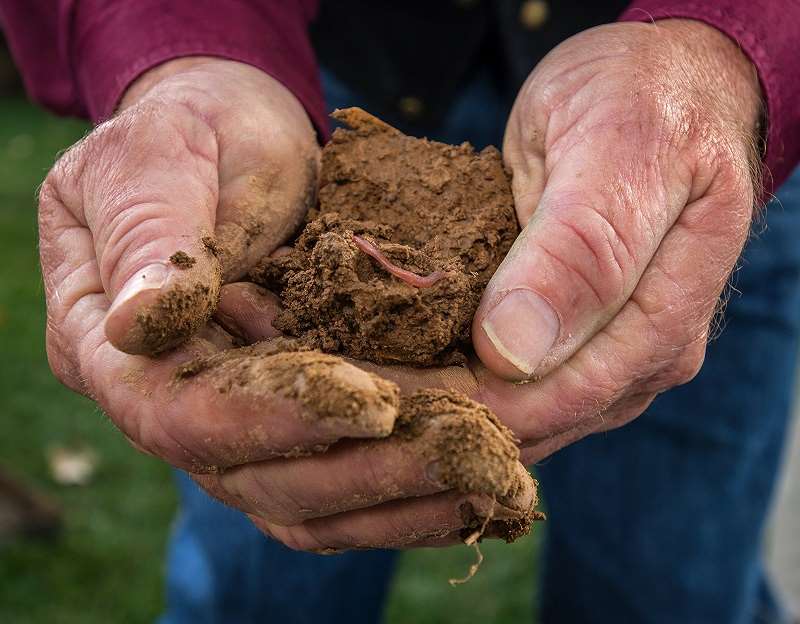
Radio Oklahoma Ag Network Farm Director Ron Hays spoke this week with Adam Dougherty, of USDA/NRCS and a Tennessee farmer, about his talk with local producers about implementing no-til practices like those utilized on his own operation, during the No-til Oklahoma Conference in Shawnee. Daugherty hopes his advice will help producers take their own no-til efforts to the next level. He says although fields already under no-til management may look as though they are functioning well, there is still much to be desired in terms of soil health. You can listen to Hays’ interview with Daugherty, by clicking or tapping the LISTEN BAR below at the bottom of this story.
“We’re starving these systems of carbon,” Daugherty insisted. “For us, to get these systems functioning to a higher level the way they were designed to function, was to start implementing cover crop systems onto these fields.”
Daugherty explains that on his operation he employs a very diverse combination of cover crops, sometimes planting nearly a dozen different crops at once, and has found tremendous success in mimicking the ecological diversity of nature.
“The results that we’re seeing in these fields and the rate at which they’re transforming is really what’s surprising us,” he exclaimed. “Everybody wants to say it won’t work in their neck of the woods and my response then is - I ask them if the sun shines where they’re from. As long as the sun shines, this system will work.”
Now roughly four years into managing his land under this system, Daugherty says that he has significantly reduced his inputs, reduced weed pressure, and has also irrigated less as the improved soil maintains better water holding capacity. As he approaches five years, Daugherty says the results are becoming even more augmented.
“We’re starting to look at some pretty significant input reductions,” Daugherty revealed. “I think it’s realistic in five or six years down the road (using this system) to be looking at probably a 20-25 percent Nitrogen reduction and still meeting yield goals.”